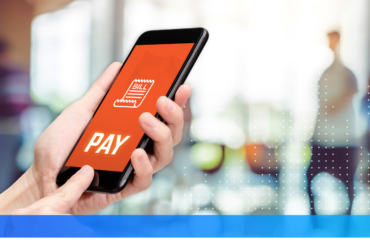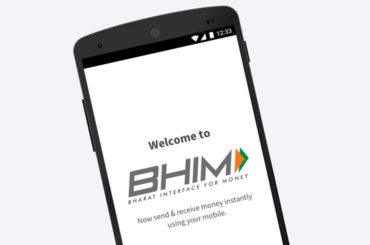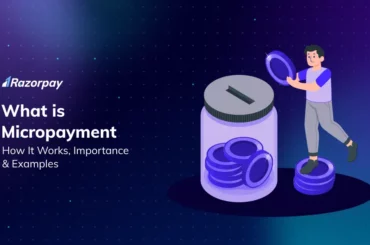We all might have had different security concerns at some point while making payments online. Having safe transactions is the key to making an online payment portals success. With millions of people in the world using online payment portals to buy products from across the world or for other purposes, it has become absolutely crucial to make sure that all the information put in by the users remains safe and sound. This is where payment compliance comes into play.
What is payment compliance?
A payment compliance is a protocol that all companies must stick to while developing new payment portals. Created, mandated and registered by the branded cards and Payment Card Industry Security Standards Council (PCI SSC), the Payment Card Industry Data Security Standard (PCI DSS) is the set of rules that makes sure that every transaction is safe and no data is lost.
Each company goes through a process of validation by a Security Assessor, either internal or external, to make sure the protocol is maintained and is working just the way it should be.
What are the objectives of making a payment compliance?
The PCI DSS has set up a few rules or requirements for compliance. The 12 points have been categorised into 6 “objective groups†to make it easier to understand.
- Build a secure Network and Systems and maintain it as well.
- Protect the data of the Cardholder
- Create a Vulnerability Management Program
- Implement strong Access Control Measures
- Monitor and Test networks on a regular basis
- Maintain an Information Security Policy
The 12 points are just a further extension of these 6 points
Why is there a need for protocol like payment compliance?
The internet provides you with all kinds of benefits and services, making your life easier on multiple fronts. However, it does have a lot of problems as well. Cyber thieves are always on the prowl, making your data on the internet vulnerable to exploitation. The details of your credit or debit cards or bank accounts are extremely sensitive information that should be kept safe at any cost.
What data thieves are after?
Data thieves are after the sensitive information available on the card and your PAN. By having these two pieces of information, these thieves can impersonate the cardholder and make false transactions on his or her behalf. The information on the back of the card must never be stored anywhere unless it is for some specific business program.
Where do the thieves get all the information?
The thieves identify a lot of loopholes in multiple systems to get the necessary information. Some of these include:
- Compromised card reader
- Some paper with the information stored in a filing cabinet
- Data in a payment system database or the online portals
- Hidden camera recording of entry of the authentication data (the PIN number, CID or CVV number)
- A security breach into your wireless or wired networks
What needs to be secure?
Apart from the card readers, point of sale systems, store networks and wireless access routers and other such physical parameters, the biggest way to make the data secure is to secure the information that the cardholder puts on internet. It requires massive design infrastructure and e-commerce software to secure the data put up by the user.
How does payment compliance actually make payments safer?
We all know that online security payments are based on trust and hence, that trust should always be maintained no matter what. Cardholders reveal their card and bank details to a third party not just due to the exchange of the goods they buy but also as a sign of confidence in that third party. It is important to make sure that there is no data fraud involved in the transactions. If it happens, it heavily affects the reputation of the company.
PCI follows the 6 “objective groups†which has 12 major points, making the payment process safe and secure.
- Installing a firewall configuration is key to protecting cardholder data. This helps in the scanning of all the network traffic and successfully blocking the untrusted resources from gaining access to the main system
- At times, there is a need for changing the vendor-supplied defaults set up for system passwords and other security dynamics since identifying these passwords is not a challenge. This makes it easier for people to use it for malicious purposes
- Several methods like encryption, masking, hashing and truncation are used to make sure that the stored information of the cardholders is safe and protected
- Encrypting the transmission card data over public or open networks is extremely important. A strong encryption using the trusted keys and certification reduces the risk of hacking
- The need for keeping the system from any kind of malware is absolutely important and thus maintaining anti-virus is crucial. Since a virus can enter a system through various ways like employee email, internet use, use of multiple devices or mobile devices, a supplemental anti-virus software can help keeping the system safer
- Developing secure systems and applications, and then maintaining them thoroughly to remove any vulnerabilities is important. If any such incident takes place, security patches are installed to prevent the exploitation of cardholder data
- Since the cardholder data is strictly personal, only authorized personnel in the system or payment gateway get access to such information. The need to know the data is first identified and only then will the personnel gets the authorization
- With the use of unique Identification, each person with access to the different components, the information or the data is always secure. This increases accountability
- PCI takes measures not to make it easy to physically remove any of the cardholder data. This prevents any unauthorized access into the system
- Tracking and monitoring the access to cardholder data and the different network resources. Such logging mechanisms make sure the user itself partaking in any activities with the data that can compromise its security
- It keeps testing the security systems and processes regularly to check it for vulnerabilities constantly and in turn prevent malicious activities
- It maintains an information policy for all personnel, basically to help them understand the importance of the sensitivity of the data. It also makes them responsible and accountable to this data
Using a secure payment gateway for transactions means using one that complies with all of these guidelines. Pick Razorpay as your payments partner and never look back!





